Home>Maintenance & Safety>Home Maintenance Checklists>How Many Quarts Is A 13-Gallon Trash Can
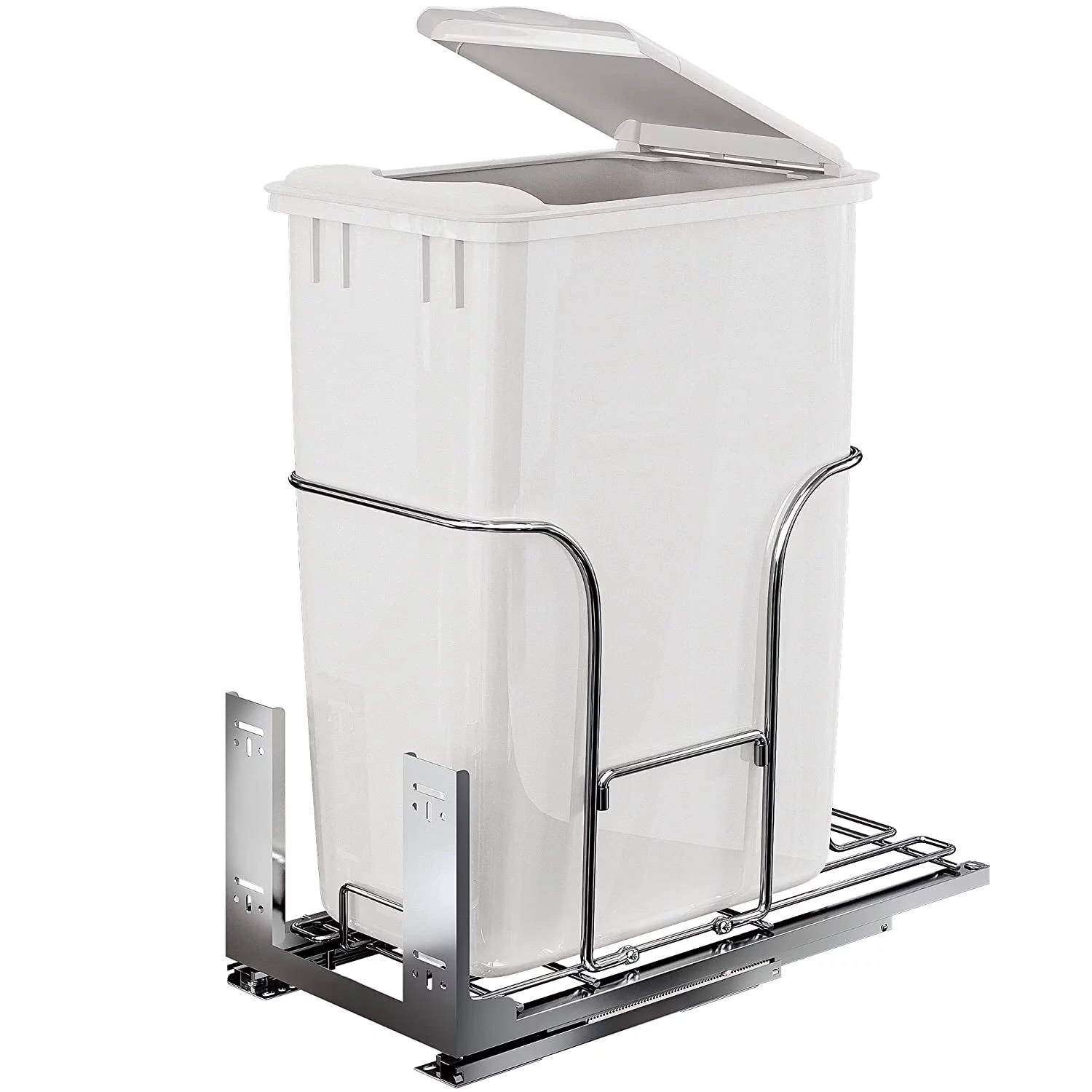

Home Maintenance Checklists
How Many Quarts Is A 13-Gallon Trash Can
Modified: May 6, 2024
Find out the conversion of gallons to quarts for your 13-gallon trash can with our helpful home maintenance checklist. Simplify your home organization today!
(Many of the links in this article redirect to a specific reviewed product. Your purchase of these products through affiliate links helps to generate commission for Storables.com, at no extra cost. Learn more)
Introduction
When it comes to managing household waste, having the right-sized trash can is crucial. It’s not just about the capacity to hold the garbage; it’s also about understanding the measurements and conversions involved. One common question that arises is, “How many quarts is a 13-gallon trash can?” This query may seem straightforward, but it delves into the realm of unit conversions and practical applications. In this article, we will unravel the mystery behind gallons and quarts, explore the process of converting between these units, and ultimately determine the quarts in a 13-gallon trash can.
Understanding the relationship between gallons and quarts is not only useful for selecting the appropriate trash can size but also for various other everyday tasks. By grasping these measurements, you can make informed decisions about storage containers, cooking recipes, and more. So, let’s embark on this journey of measurement exploration and unveil the quarts concealed within a 13-gallon trash can.
Key Takeaways:
- A 13-gallon trash can holds 52 quarts, making it easier to choose the right trash bags and manage waste effectively. Understanding this helps keep homes clean and eco-friendly.
- Knowing that there are 4 quarts in a gallon helps in converting measurements and making informed decisions about waste disposal. It’s like having a superpower for managing household waste!
Read more: How Many Liters Is A 13 Gallon Trash Can
Understanding Gallons and Quarts
Before delving into the specifics of a 13-gallon trash can, it’s essential to comprehend the fundamental units of measurement involved: gallons and quarts. These units are commonly used in the United States for quantifying liquid volumes, and having a solid grasp of their relationship is beneficial for various practical purposes.
A gallon is a unit of volume in the US customary and British imperial systems of measurement. In the US, a gallon is defined as 231 cubic inches, while in the UK, it is slightly larger at 277.42 cubic inches. However, for the context of this discussion, we will focus on the US gallon, which is the standard measurement used in the United States.
Quarts, on the other hand, are smaller units of volume compared to gallons. In fact, there are 4 quarts in a gallon, making them a quarter of a gallon each. This relationship forms the basis for understanding the conversion between gallons and quarts.
When dealing with liquid volumes, quarts are often used for smaller quantities, such as in cooking measurements or when storing liquids in containers. Understanding how many quarts are in a gallon enables individuals to accurately convert between these units, facilitating seamless transitions between different-sized containers and recipes.
By familiarizing ourselves with the properties and applications of gallons and quarts, we can navigate the realm of liquid measurements with confidence and precision. Now that we have a solid foundation in the basics, let’s proceed to unravel the process of converting gallons to quarts.
Converting Gallons to Quarts
Converting gallons to quarts involves a straightforward and intuitive process that stems from the fundamental relationship between these units of volume. As mentioned earlier, there are 4 quarts in a gallon, which serves as the cornerstone of the conversion process.
To convert gallons to quarts, one simply needs to multiply the number of gallons by 4. This multiplication accounts for the fact that each gallon contains 4 quarts. For example, if you have 2 gallons and wish to express this volume in quarts, you would perform the following calculation: 2 gallons x 4 quarts/gallon = 8 quarts.
Similarly, if you encounter a measurement in quarts and need to express it in gallons, the reverse conversion can be achieved by dividing the number of quarts by 4. This division reflects the fact that there are 4 quarts in a gallon. For instance, if you have 12 quarts and want to determine the equivalent volume in gallons, you would execute the following computation: 12 quarts ÷ 4 quarts/gallon = 3 gallons.
Understanding this simple conversion process empowers individuals to fluidly transition between gallons and quarts, enabling them to work with different containers and measurements effectively. This skill is especially valuable in scenarios where containers are labeled in gallons, but specific quantities need to be measured in quarts, or vice versa.
By mastering the art of converting between gallons and quarts, individuals can navigate the realm of liquid measurements with ease and precision. Now that we have unraveled the process of converting between these units, let’s proceed to determine the number of quarts contained within a 13-gallon trash can.
A 13-gallon trash can is equal to approximately 52 quarts. So if you’re looking for a trash can with a specific quart capacity, you can use this conversion to find the right size.
Determining the Quarts in a 13-Gallon Trash Can
Now that we have established a solid understanding of gallons, quarts, and the process of converting between these units, we can apply this knowledge to unravel the mystery of how many quarts are contained within a 13-gallon trash can.
Given that there are 4 quarts in a gallon, determining the quarts in a 13-gallon trash can involves a simple multiplication. By multiplying the number of gallons by 4, we can ascertain the total volume of the trash can in quarts. Applying this conversion, we find that a 13-gallon trash can contains 52 quarts. This calculation is derived from the fact that 13 gallons multiplied by 4 quarts/gallon equals 52 quarts.
Understanding the volume of a 13-gallon trash can in quarts provides valuable insight for various practical purposes. For instance, when purchasing trash bags, knowing the capacity in quarts allows individuals to select the appropriate size that aligns with the trash can’s dimensions. Additionally, in scenarios where specific quantities of waste or recycling materials need to be measured in quarts, this knowledge facilitates accurate disposal and recycling practices.
Moreover, understanding the quarts in a 13-gallon trash can enables individuals to make informed decisions regarding waste management and disposal. Whether it’s estimating the volume of materials that can be accommodated in the trash can or optimizing the use of space when compacting waste, this knowledge empowers individuals to efficiently handle household waste.
By unraveling the quarts concealed within a 13-gallon trash can, we have shed light on an essential aspect of household waste management. This insight equips individuals with the knowledge needed to make practical and informed decisions when it comes to selecting, utilizing, and maintaining their trash receptacles.
With this newfound understanding, individuals can confidently navigate the realm of waste management, leveraging their knowledge of measurements and conversions to streamline their household routines and contribute to a more efficient and sustainable living environment.
Conclusion
Exploring the relationship between gallons, quarts, and the practical implications of these measurements has unveiled a world of insight into household waste management. By understanding the conversion between gallons and quarts and determining the quarts in a 13-gallon trash can, individuals can make informed decisions and optimize their waste disposal practices.
From the foundational understanding of gallons and quarts to the seamless conversion process, we have embarked on a journey through the realm of liquid measurements. This knowledge not only empowers individuals to select the right-sized trash can but also facilitates efficient waste management and recycling practices.
By recognizing that there are 4 quarts in a gallon and applying this conversion, we have determined that a 13-gallon trash can contains 52 quarts. Armed with this knowledge, individuals can confidently navigate the selection of trash bags, estimate waste volumes, and make informed decisions to enhance their household waste management strategies.
Understanding the quarts in a 13-gallon trash can goes beyond a mere numerical value; it represents the intersection of practical measurement applications and everyday household routines. This insight equips individuals with the tools to optimize their waste disposal practices, contribute to environmental sustainability, and streamline their household maintenance efforts.
As we conclude this exploration, it is evident that the understanding of liquid measurements transcends mere numbers; it empowers individuals to make conscientious choices in their daily lives. By unraveling the quarts concealed within a 13-gallon trash can, we have shed light on a fundamental aspect of household waste management, paving the way for more informed and efficient practices.
Armed with this knowledge, individuals can embark on their waste management journey with confidence, leveraging their understanding of measurements and conversions to create a more sustainable and harmonious living environment.
Curious about sprucing up your living space? After sorting out your trash can's capacity, why not tackle choosing the perfect waste receptacle that suits both style and function in your household? For insights on sizes tailored to different spaces, our guide on choosing the right trash receptacle size will surely help. Next, consider enhancing your storage solutions to keep everything from blankets to toys neatly tucked away. Don't miss our review on the most effective fabric storage cubes designed for optimal home organization. These reads are packed with practical tips to elevate your home's efficiency and aesthetics!
Frequently Asked Questions about How Many Quarts Is A 13-Gallon Trash Can
Was this page helpful?
At Storables.com, we guarantee accurate and reliable information. Our content, validated by Expert Board Contributors, is crafted following stringent Editorial Policies. We're committed to providing you with well-researched, expert-backed insights for all your informational needs.
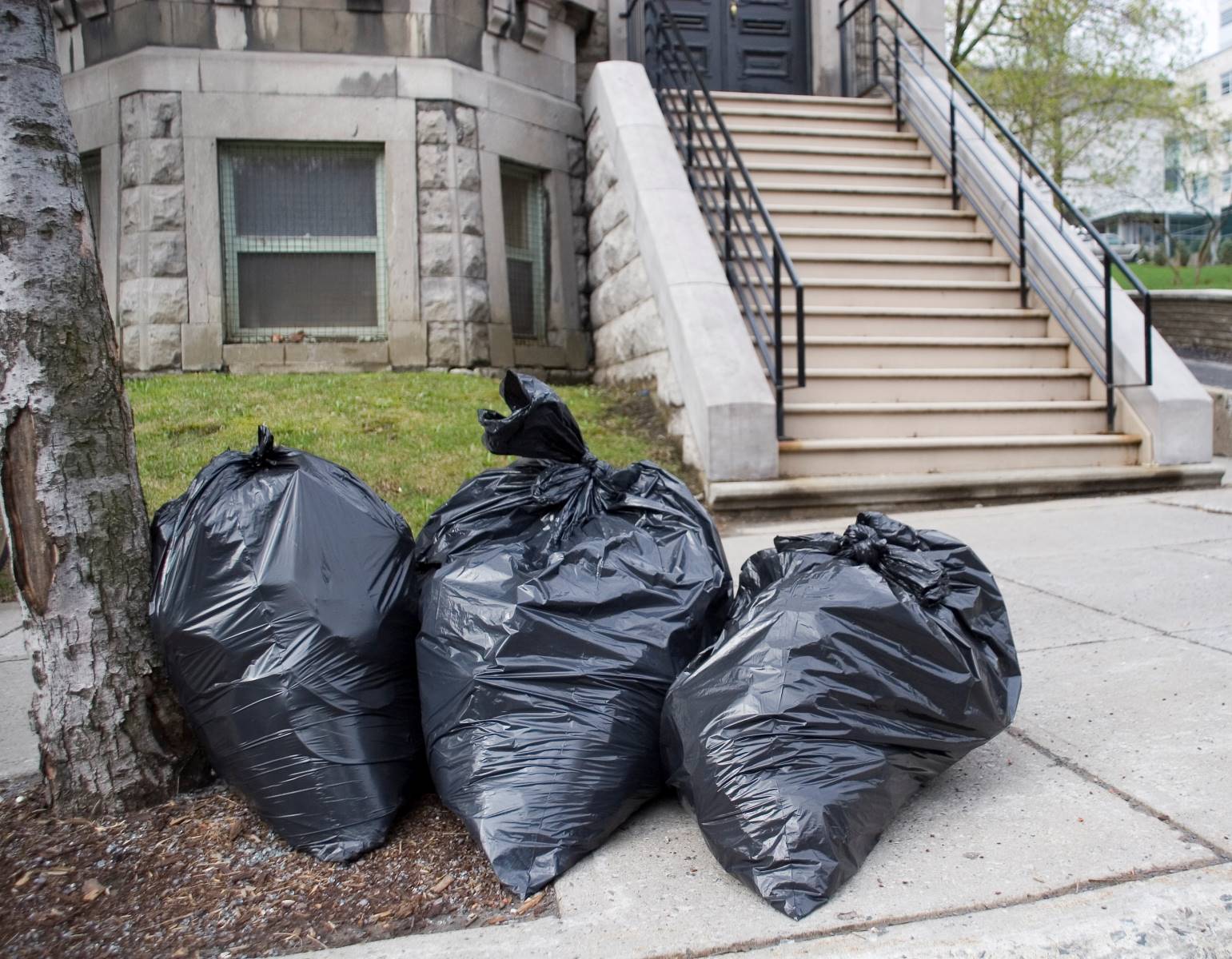
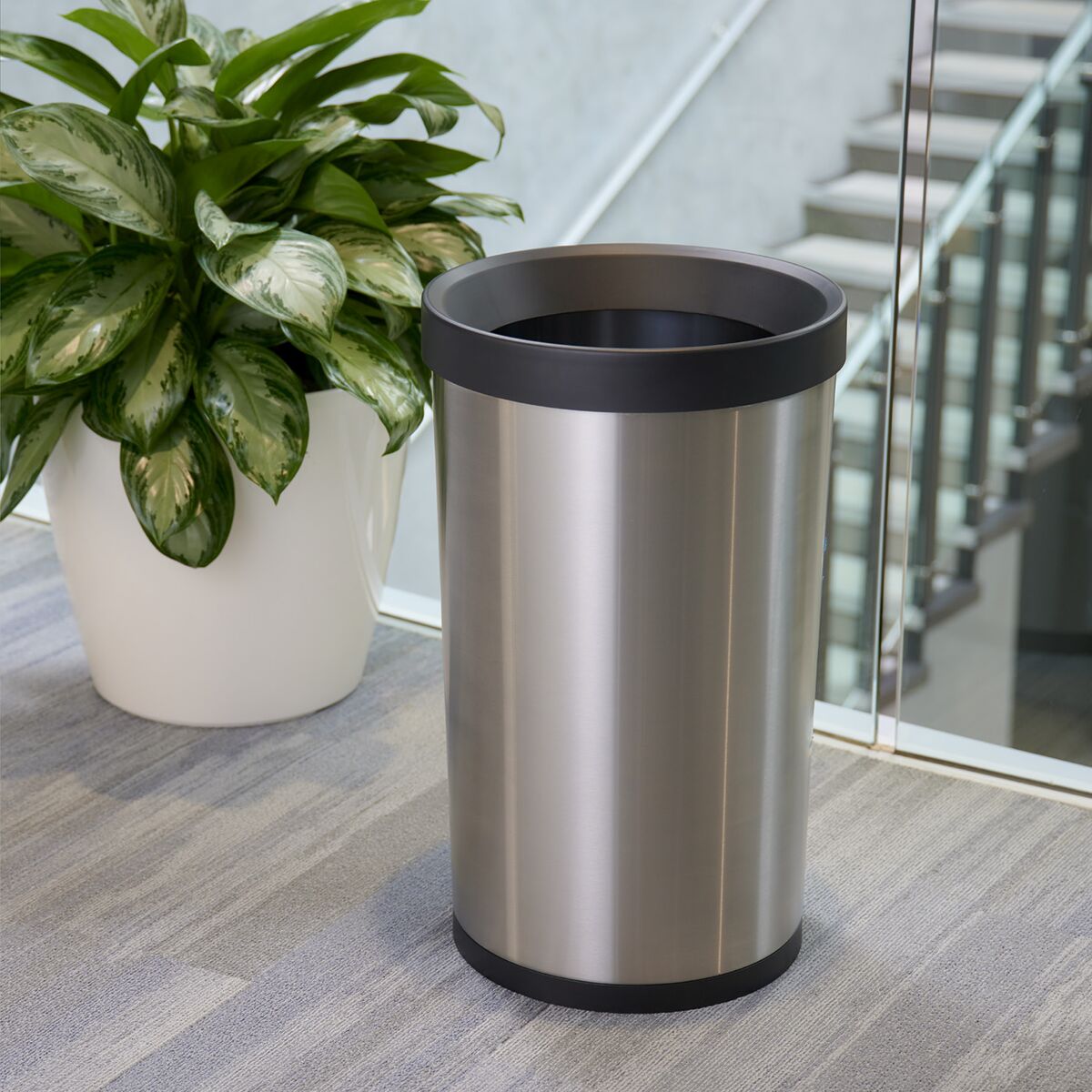
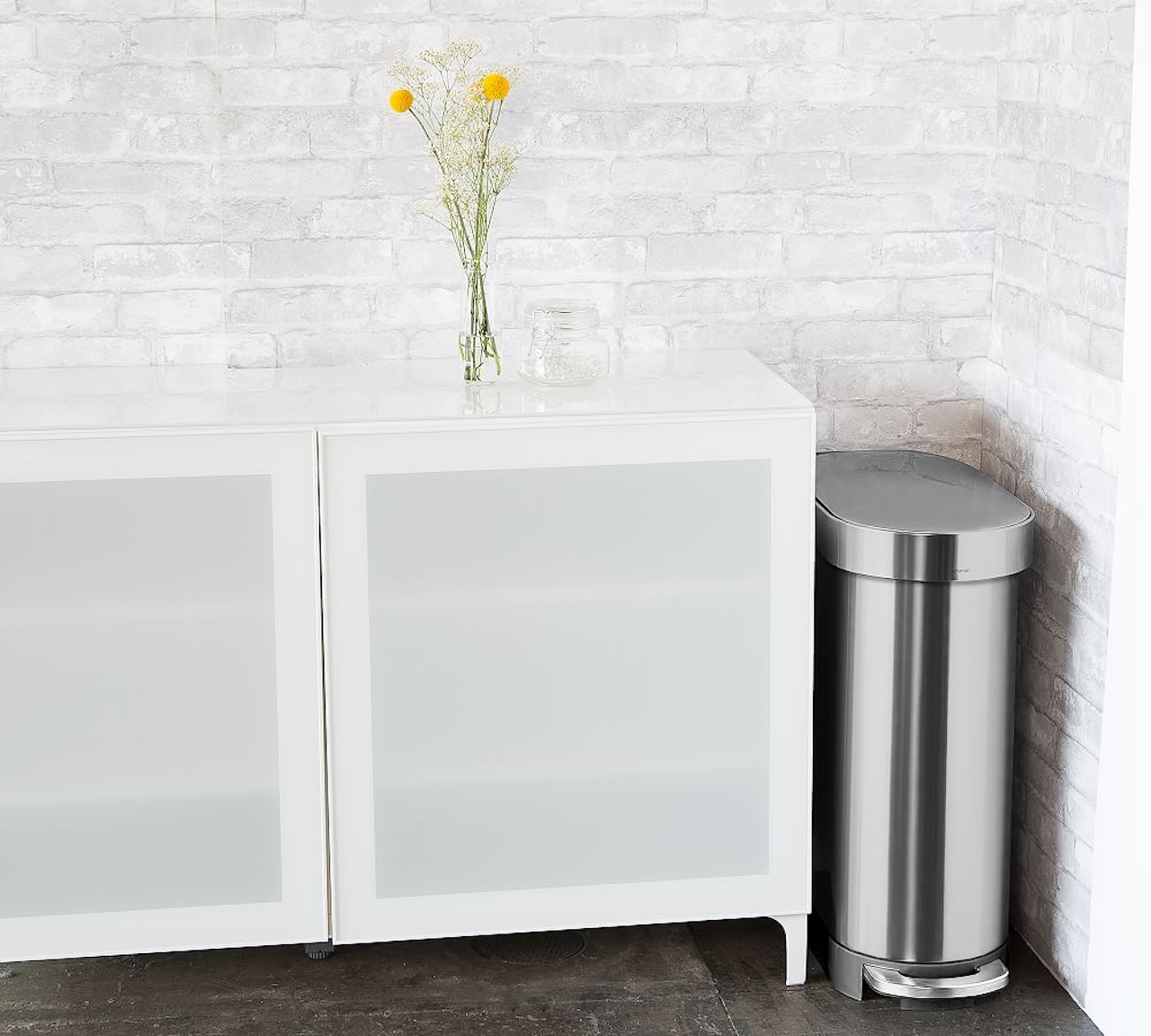
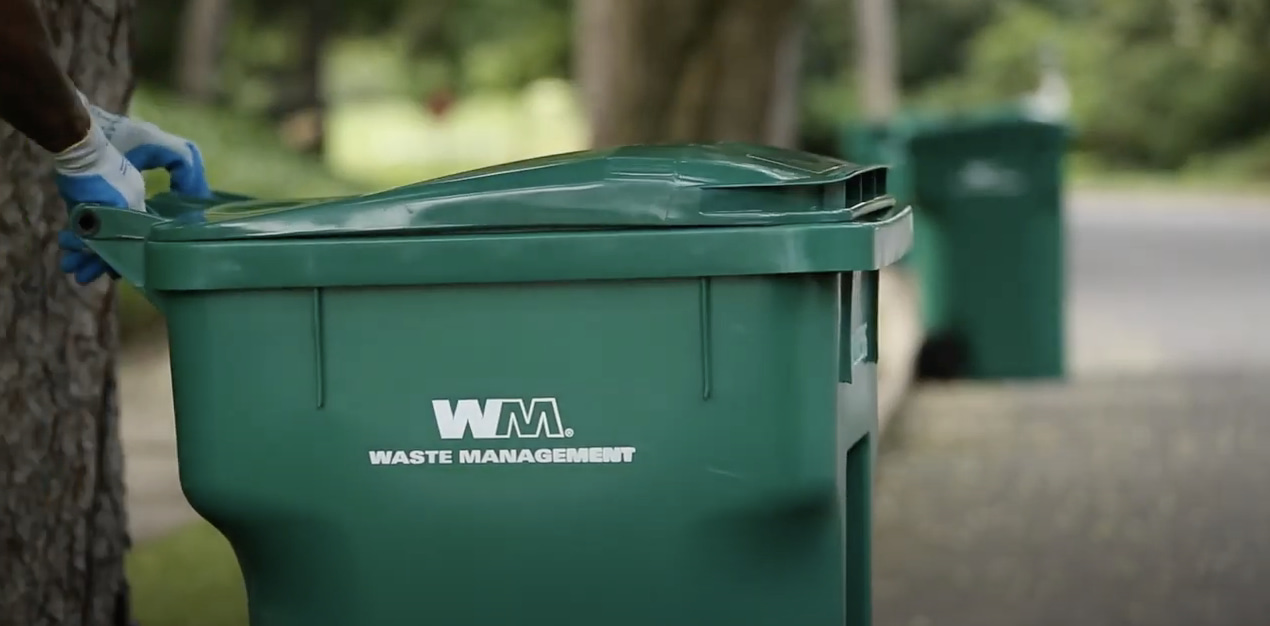
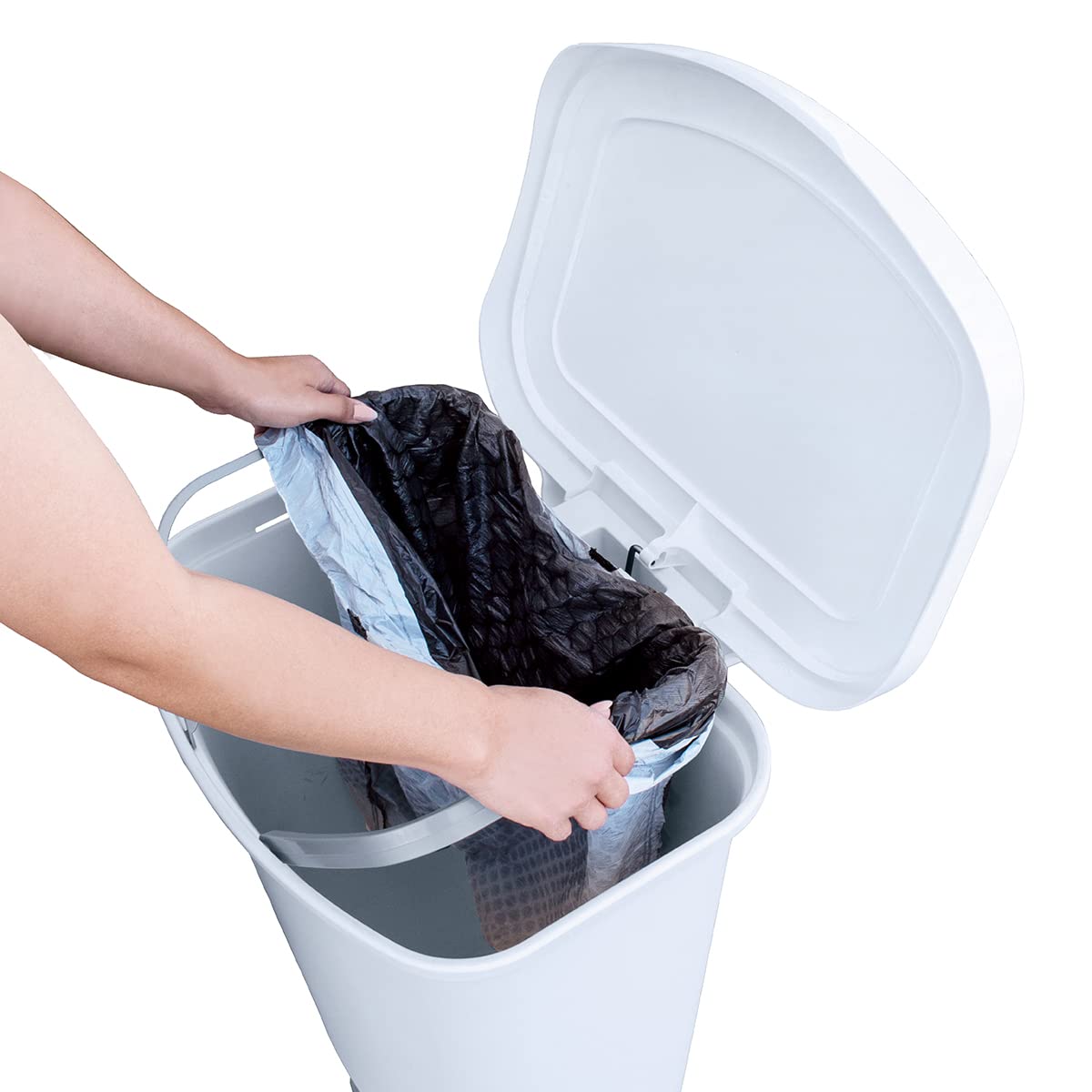
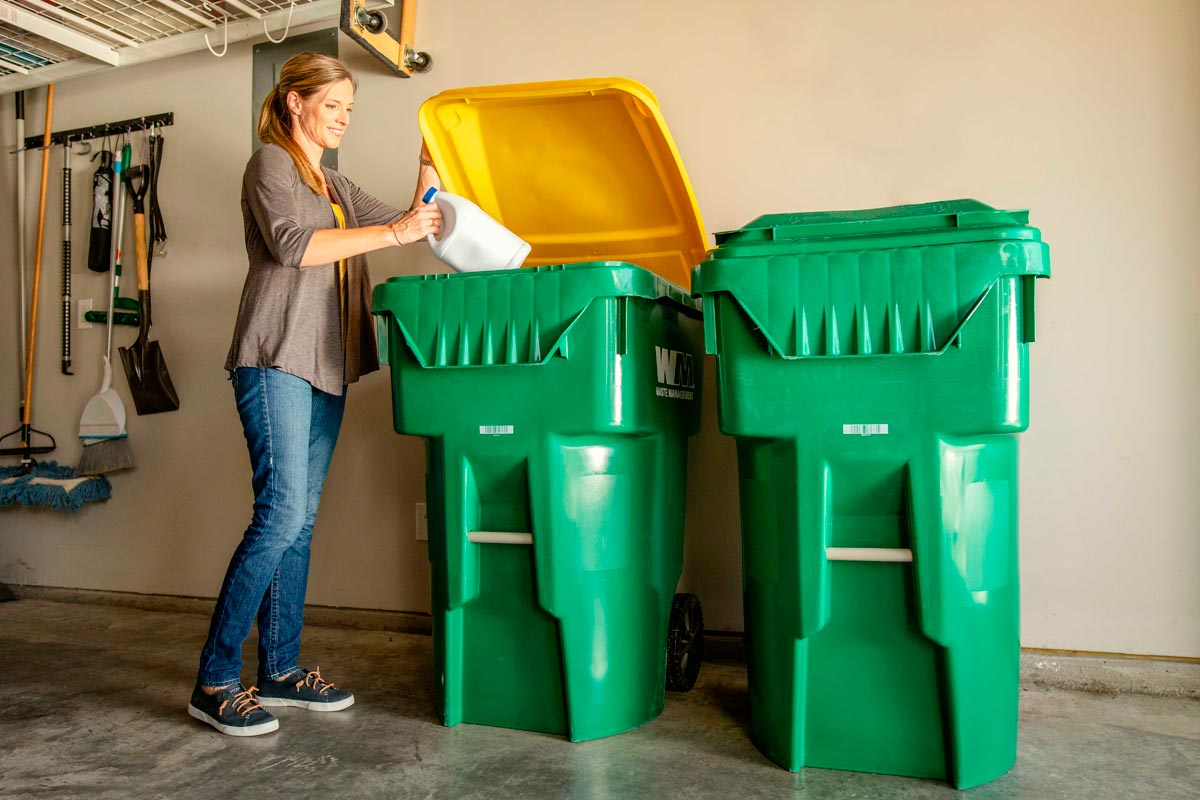
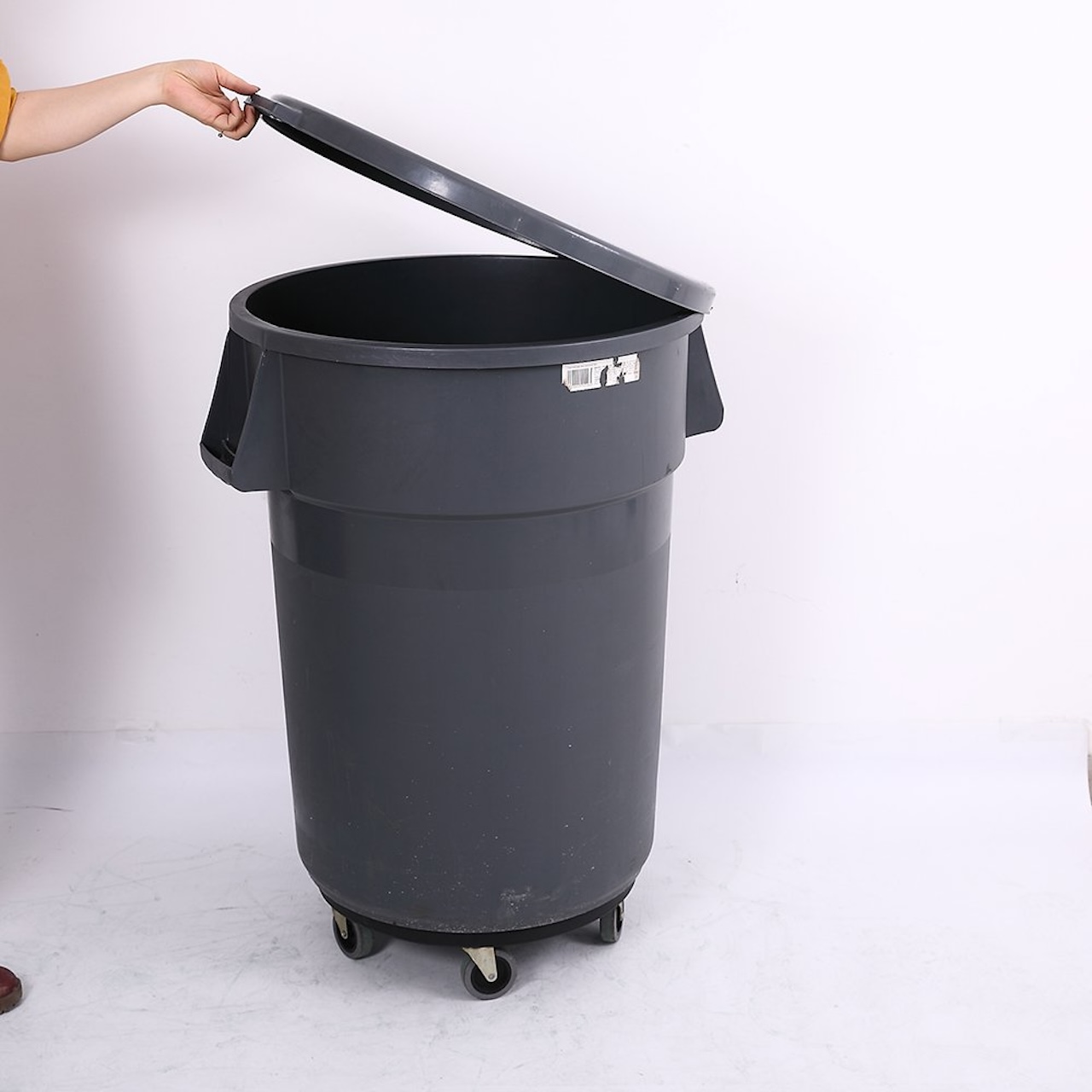
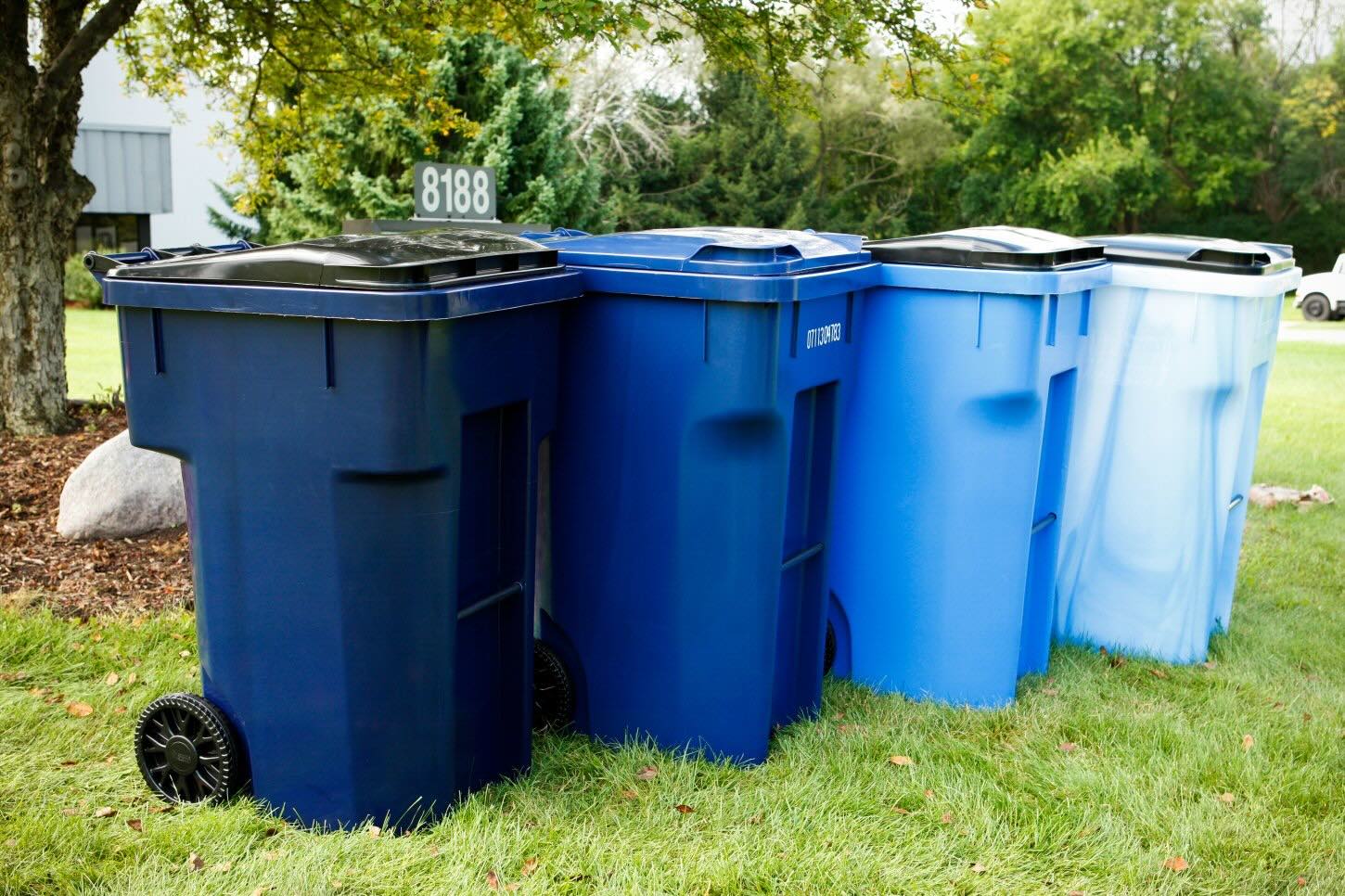
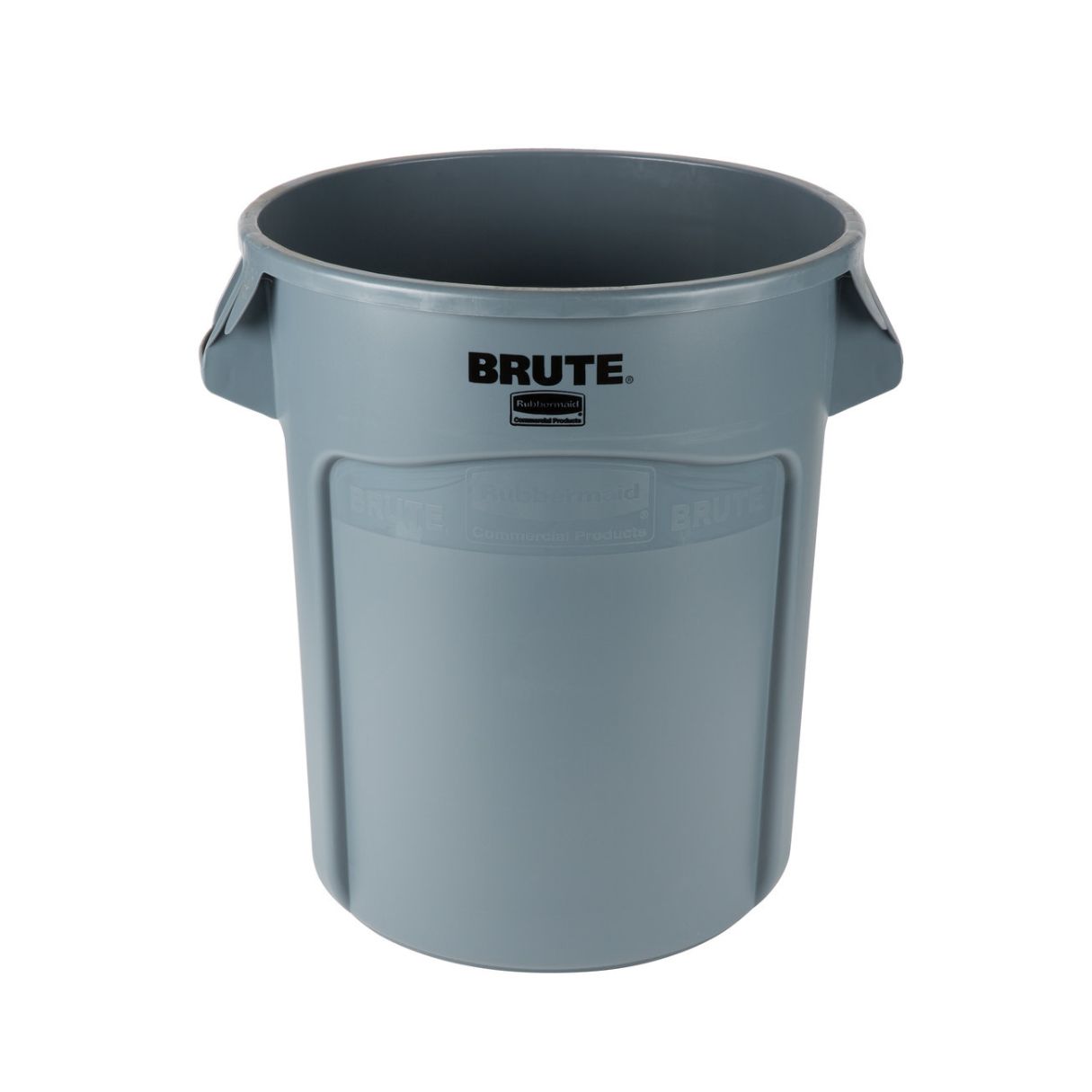
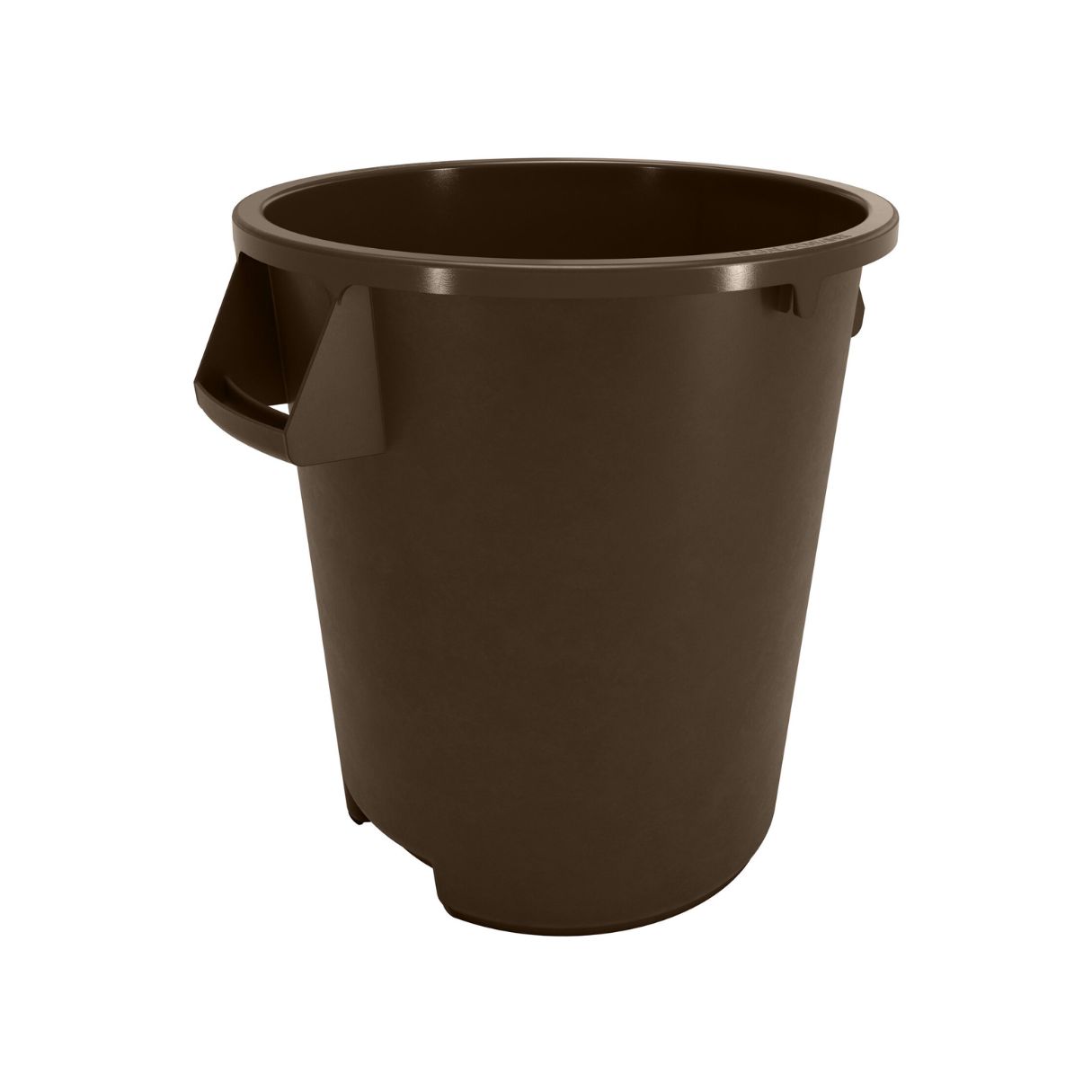
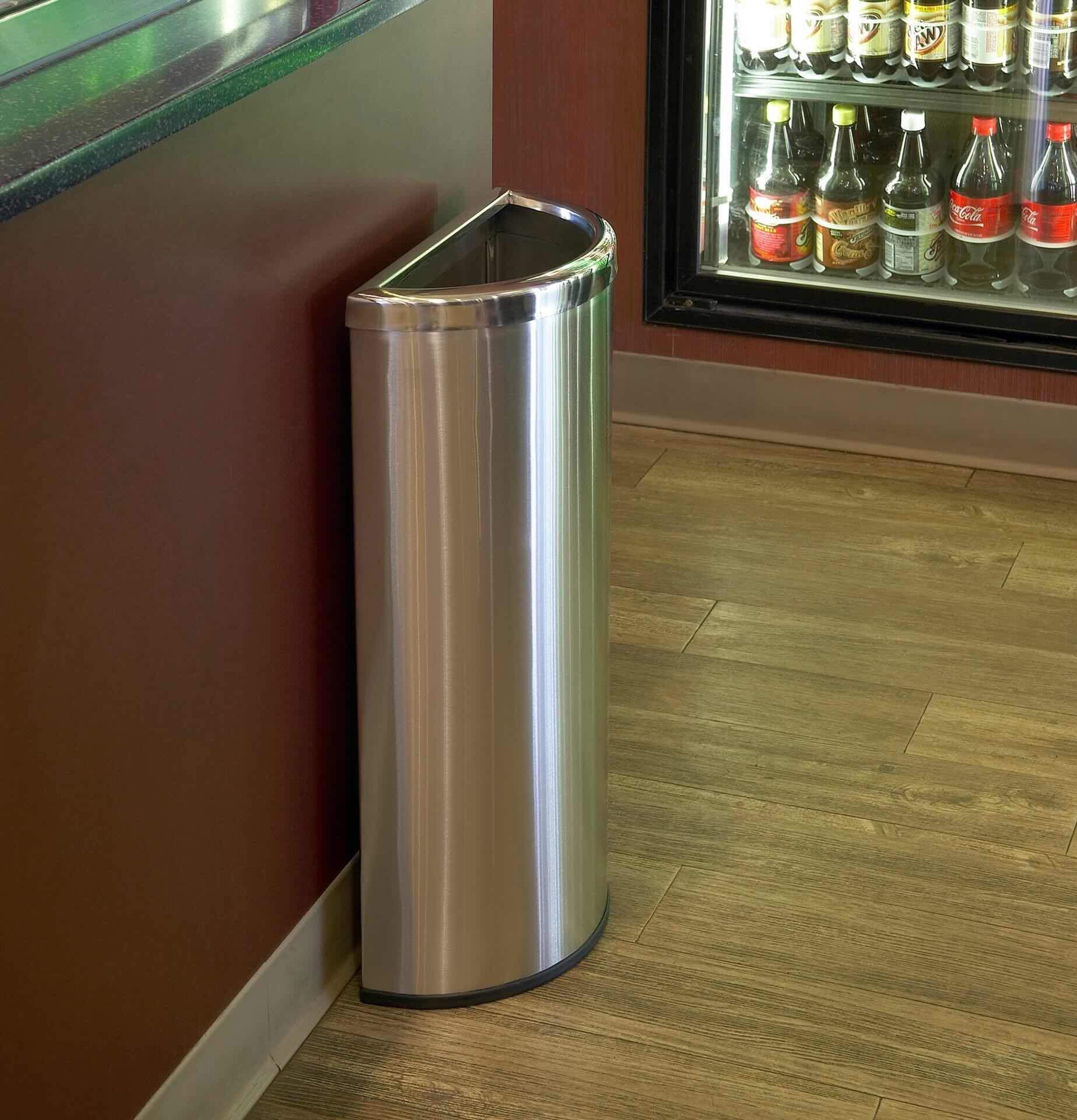
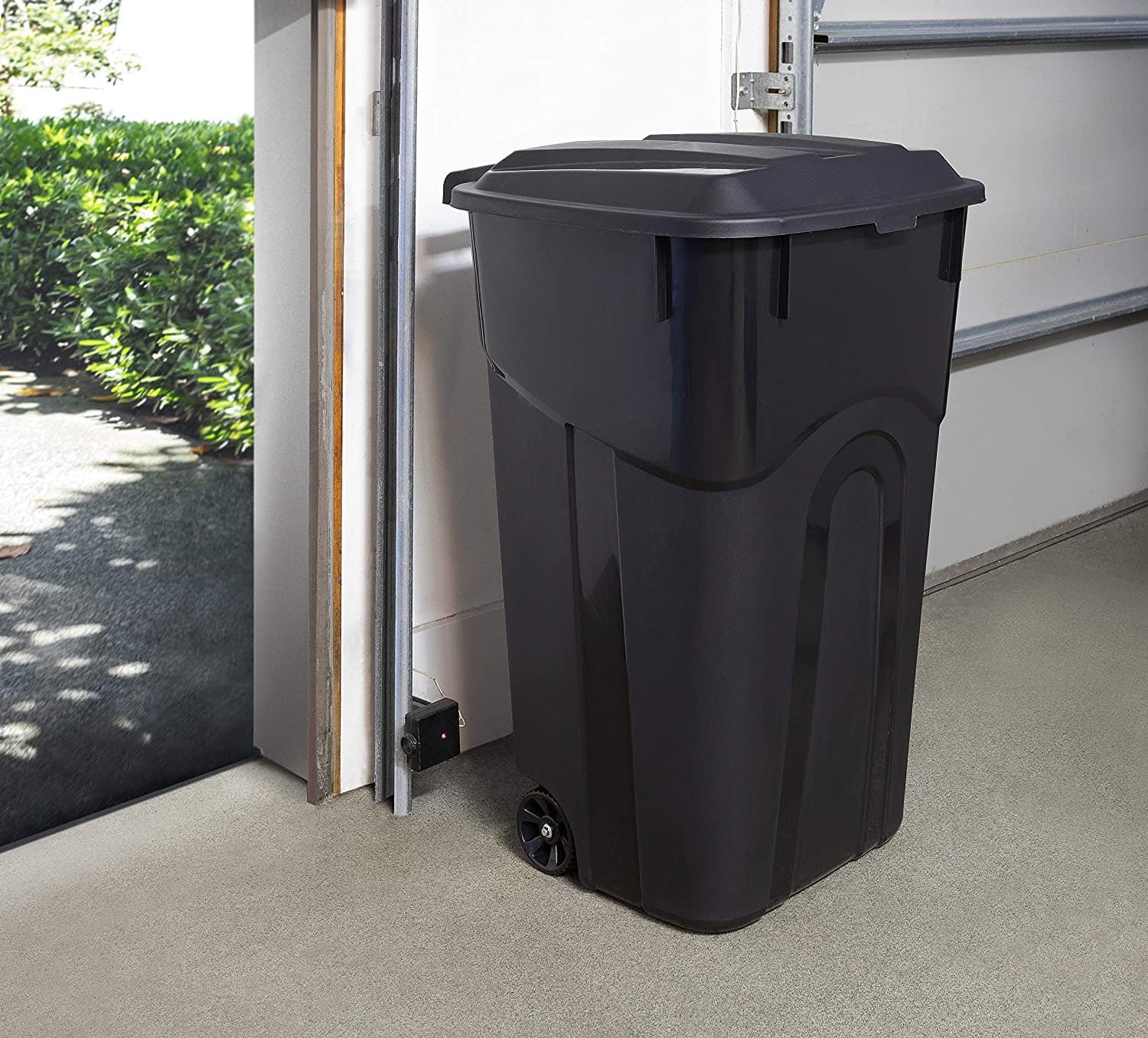
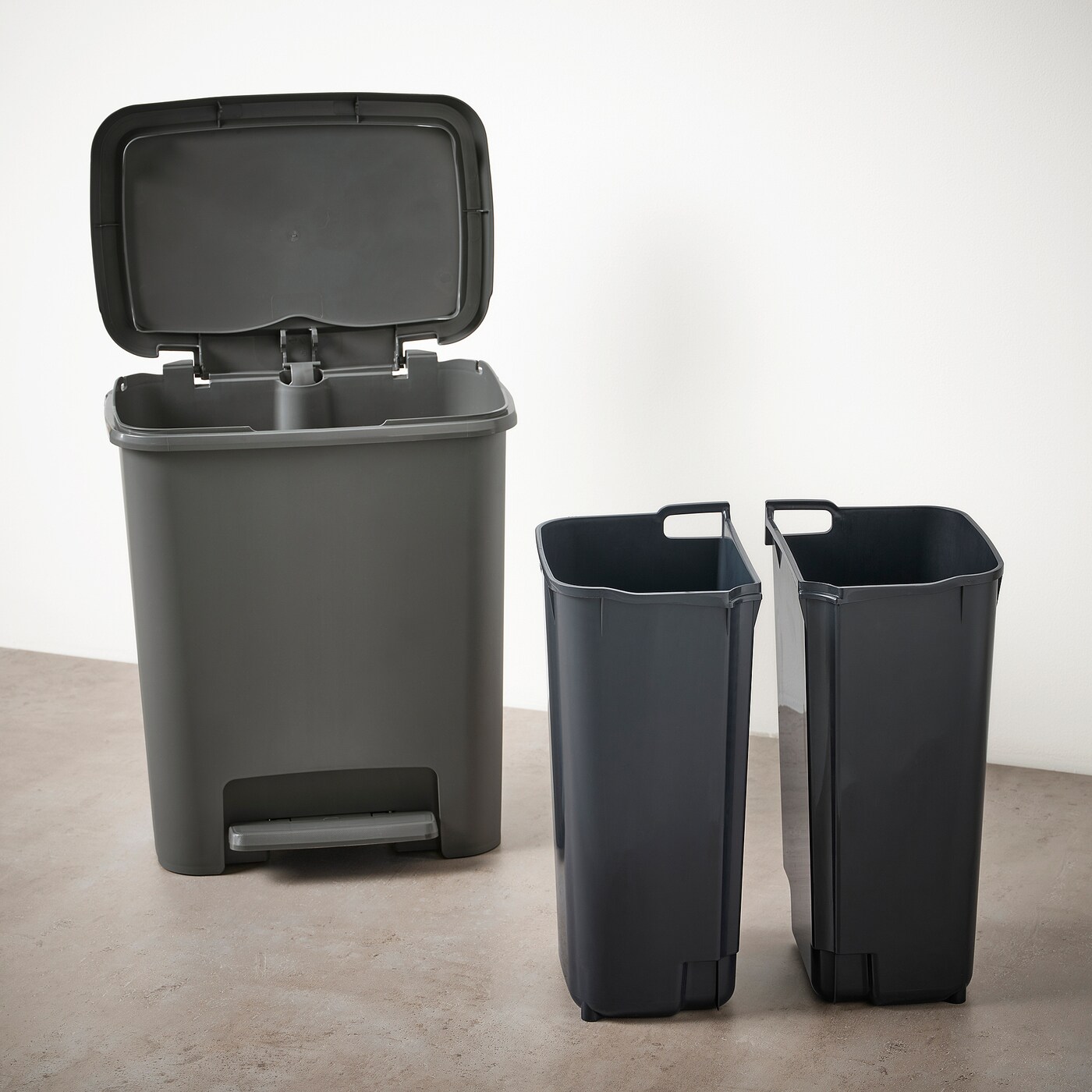
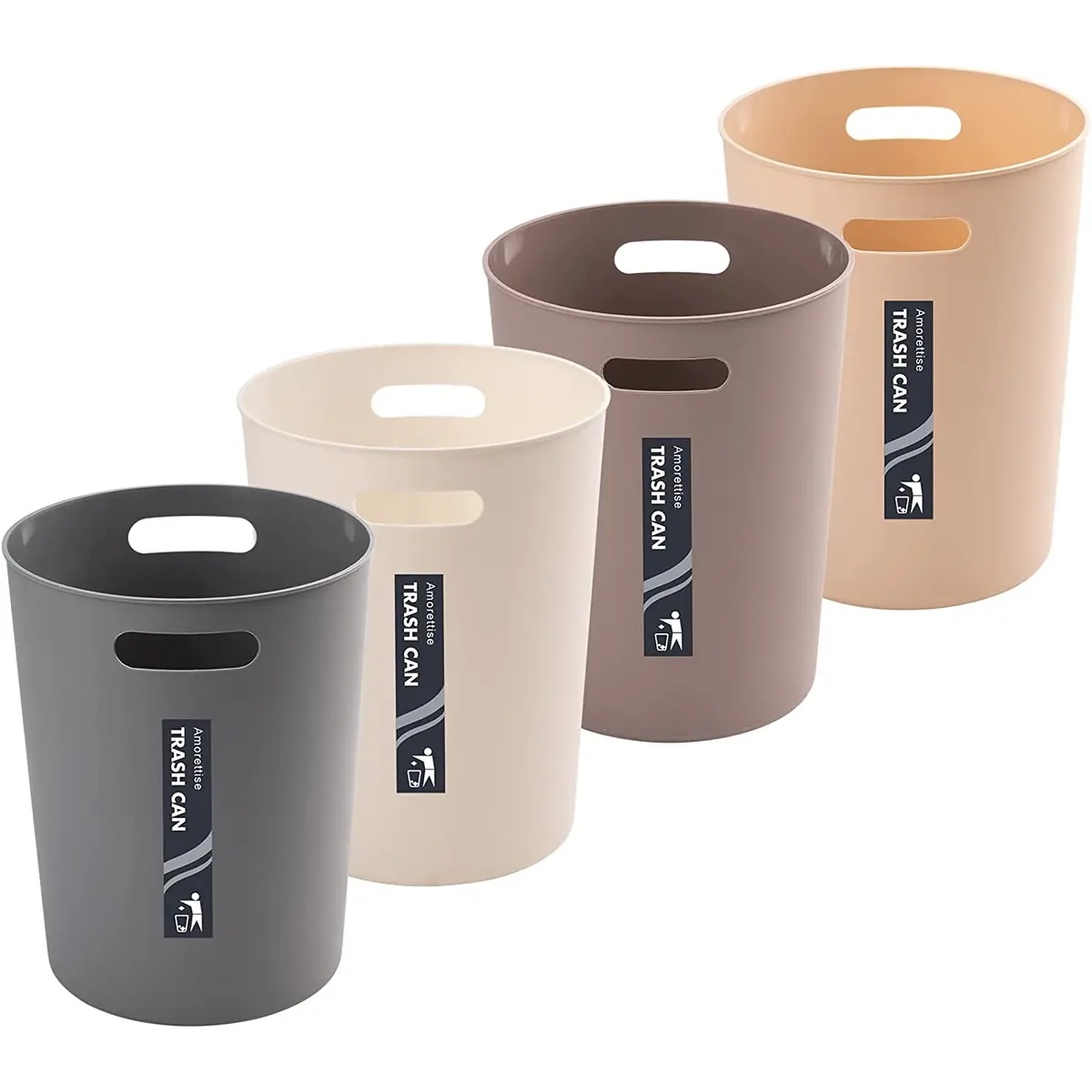
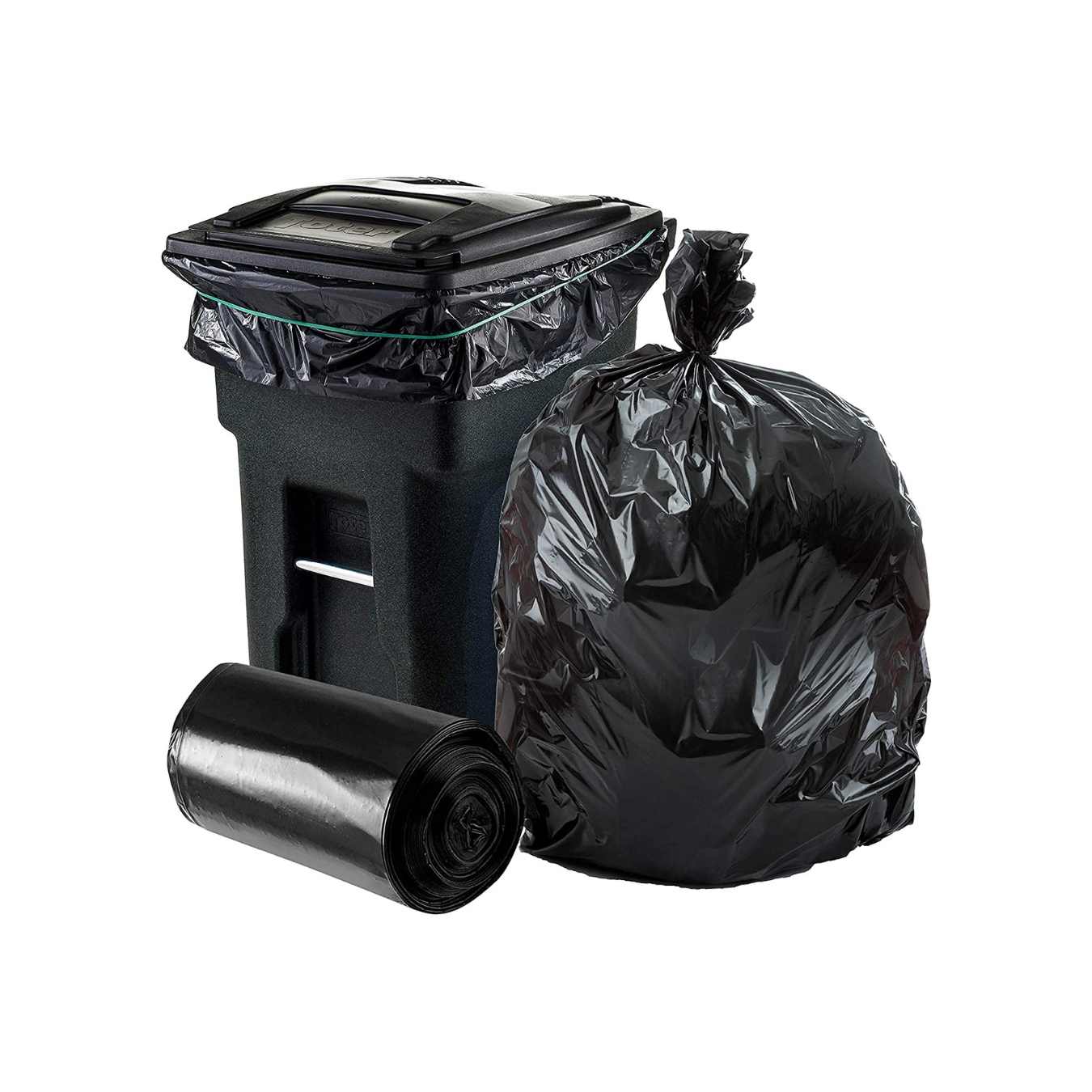

0 thoughts on “How Many Quarts Is A 13-Gallon Trash Can”